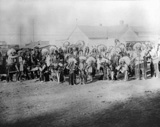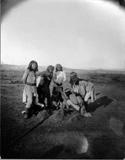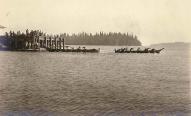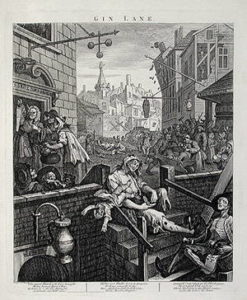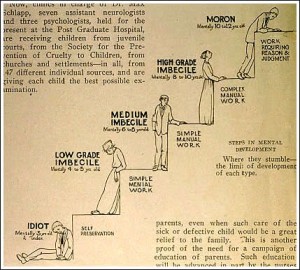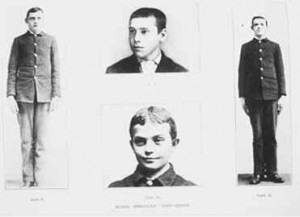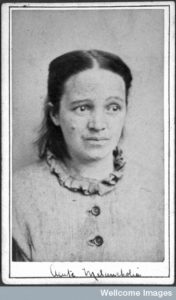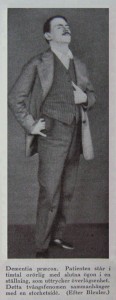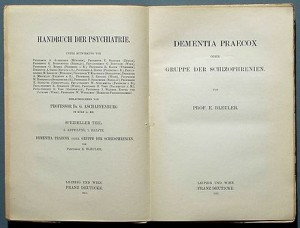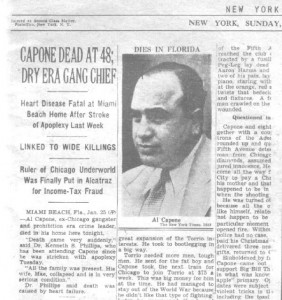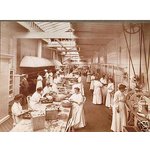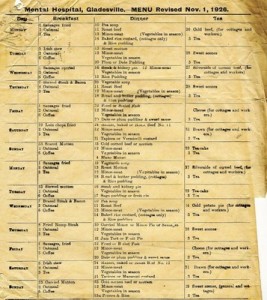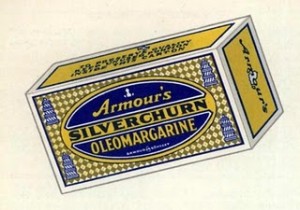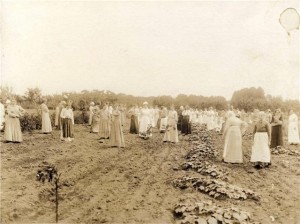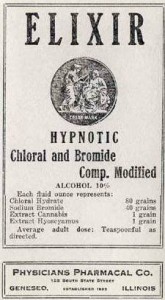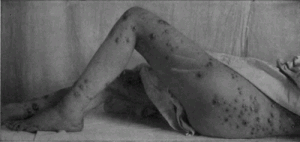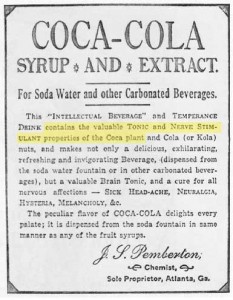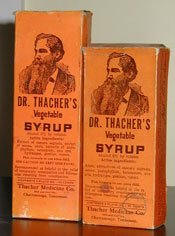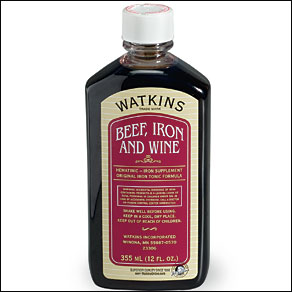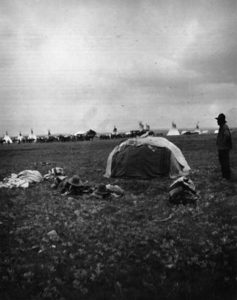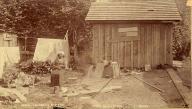Americans in the middle and eastern parts of the country were fascinated by the West, with its notions of freedom, discovery, and untamed horizons. Buffalo Bill Cody (1846-1917) tapped into their vision by organizing shows that painted Western life with exciting, romanticized brush strokes.
Cody had herded cattle, trapped fur, and mined for gold before joining the Pony Express in 1860. He was famous for his exploits in the West before he created his shows: first the “Buffalo Bill Combination” and later his “Wild West Show”, which brought staged roundups, attacks and rescues, races, and cowboy skills like roping and bronco busting to enthralled audiences. Rather than using actors, he hired working cowboys and authentic Native Americans for his shows. He included hundreds of animals like buffalo, elk, and cattle in his production; when Buffalo Bill’s show came to town, it was an event.
Cody had a good relationship with Indians, and there is evidence that he treated his Native American workers with respect and paid them a fair wage. In 1890 the U.S. army asked him to help resolve some Indian uprisings associated with the Ghost Dance (see 4/11/10 post).
________________________________________________________



